what is boring into my cantaloupe?
melvee
11 years ago
Featured Answer
Sort by:Oldest
Comments (9)
jean001a
11 years agomelvee
11 years agoRelated Professionals
Mitchellville Landscape Architects & Landscape Designers · Otsego Landscape Architects & Landscape Designers · West Chester Landscape Architects & Landscape Designers · Bell Gardens Landscape Contractors · Biloxi Landscape Contractors · Cambridge Landscape Contractors · Federal Way Landscape Contractors · Framingham Landscape Contractors · Live Oak Landscape Contractors · Mendota Heights Landscape Contractors · Mercedes Landscape Contractors · Paso Robles Landscape Contractors · Twin Falls Landscape Contractors · Vermilion Landscape Contractors · Tyngsboro Landscape Contractorsjean001a
11 years agomelvee
11 years agoken_adrian Adrian MI cold Z5
11 years agotimscott9
10 years agocalliope
10 years agoreeddonna1
3 years ago
Related Stories

PETSHouzz Pets Survey: Who Rules the House — Dogs or Cats?
New data shows that pets make people happy, and pet owners love spending big to return the favor
Full Story
EDIBLE GARDENSSummer Crops: How to Grow Squash
Almost foolproof and with cheerful flowers, squash comes in a wide range of varieties to plant in spring
Full Story
EDIBLE GARDENSHouzz Call: What Did You Grow This Summer?
Let’s celebrate the homegrown fruits and vegetables of the season. Post your pictures and tell us about your harvest
Full Story
HOUZZ TOURSHouzz Tour: Major Changes Open Up a Seattle Waterfront Home
Taken down to the shell, this Tudor-Craftsman blend now maximizes island views, flow and outdoor connections
Full Story
MOST POPULARFalling for Color: 9 Ways With Pumpkin Orange
From racing stripes to accent walls, see how to work this vibrant hue into your home
Full Story
DECORATING GUIDESPaint Color Ideas: 7 Bright Ways With Yellow and Orange
Go with the glow. These sample palettes and room examples show you how to work with two of the happiest hues around
Full Story
VINTAGE STYLEFlea Market Find: Apple Crates
If life gives you apples, reuse the vintage crates they came in to decorate your home
Full Story
GARDENING GUIDESSouthwest Gardener's July Checklist
Hold on to your hat and prune those tree branches; monsoon season means damage prevention is key
Full Story






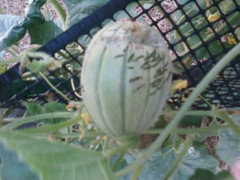
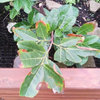
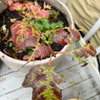
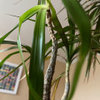
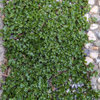
woohooman San Diego CA zone 10a